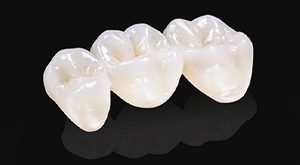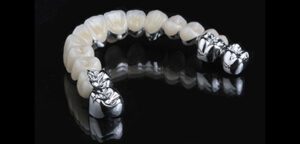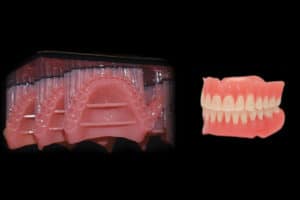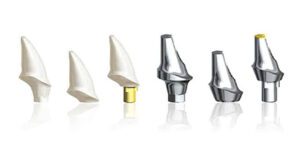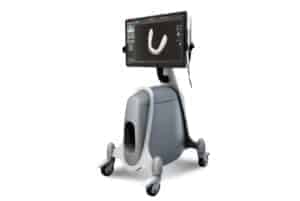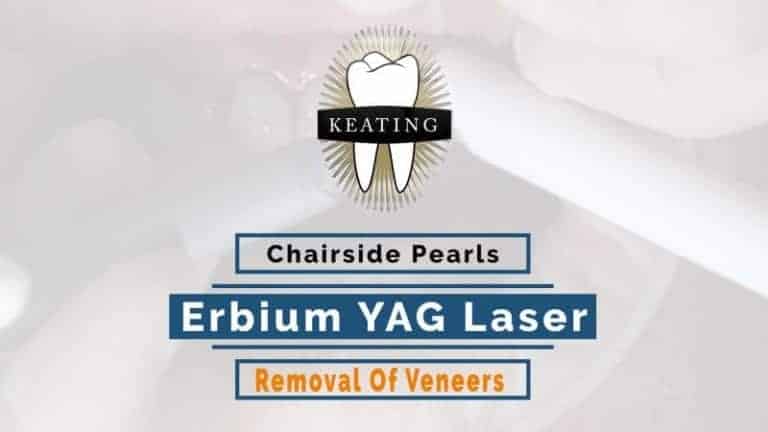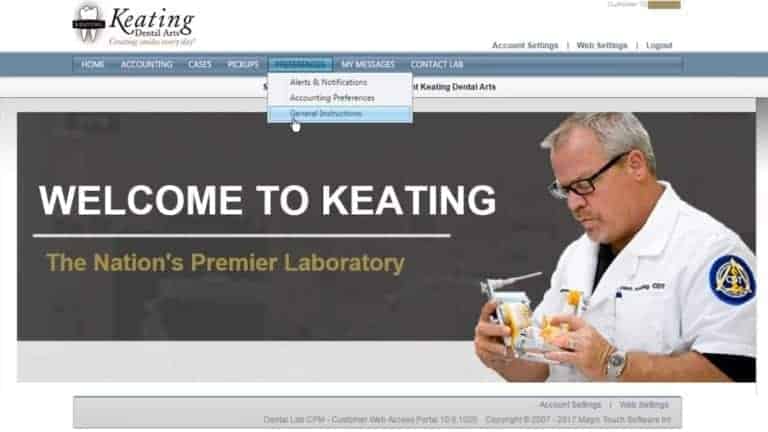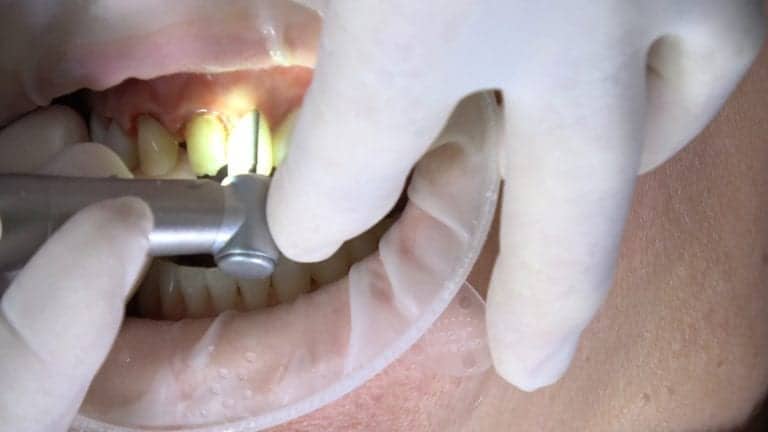November 30 2015 — Get Connected with Dr. Hornbrook’s chairside tips of the week featuring a solid lecture and whiteboard video on Porcelain fused to metal restorations. Learn when and where is best to use PFM’s and new technology in dentistry that is pushing the limits of the porcelain products in 2015. Have a clinical situation with zirconia vs porcelain? Chances are, these questions are all mowed over in this timeless 4KDA Ultra Hd Video.
Porcelain Fused to Metal Video Transcript:
Hello, I’m Dr. David Hornbrook, clinical director of education and technology at Keating Dental Lab. Today I’m going to talk about the different indirect restorations that we provide at Keating, where I would recommend as a clinician and an educator, that you use these different material.
Let’s start with porcelain fused to metal. Now, all their use has certainly decreased with time, it’s still a major player in the indirect restoration world. Where would I use a PFM? I’ll say I don’t use it very often, but where I would is matching existing. Let’s say a patient comes and has PFM’s on the anterior and they break a front tooth and you have to replace a single restoration or maybe a bridge next to single restorations. It’s always ideal and it’s easier for us to match in the laboratory if we can match similar materials.
The other time that we would use them is long-span bridges, especially in the posterior, when there’s minimal occlusal clearance or minimal or reduced inner arch distance. Lots of times the connectors, because we have this collapsed vertical and the patient isn’t going to do a full mouth rehab, so we need to deal with that restoratively. In order to get connectors that are thickness enough, we need to go with metal.
Really, at this point, this is the only time I use these materials. Sometimes we will recommend PFM’s on top of metal implant abutments, only because we need to block out that metal, although we can certainly utilize other materials to do that. Often times, because of where the implant was placed, the abutment, even a custom abutment is not as ideal as possible and so we like to use metal on that.

